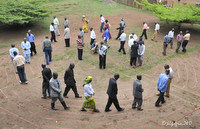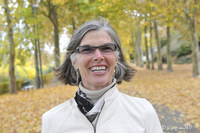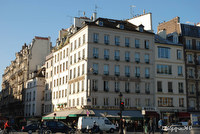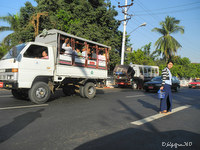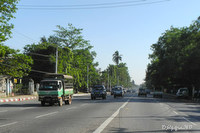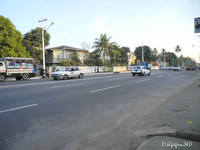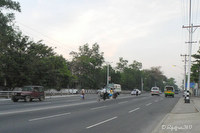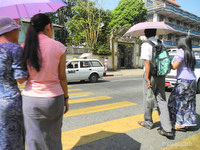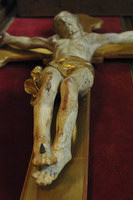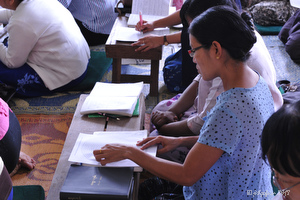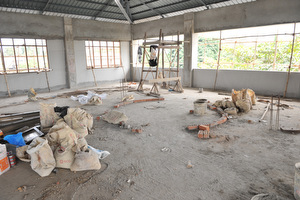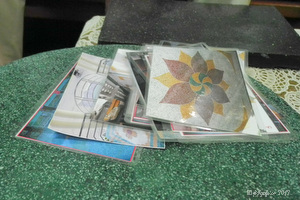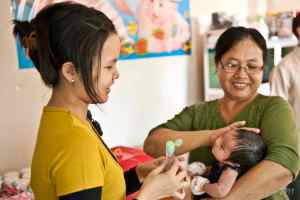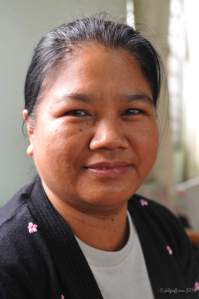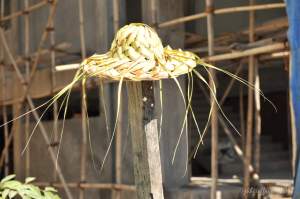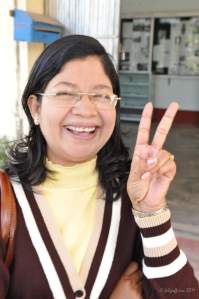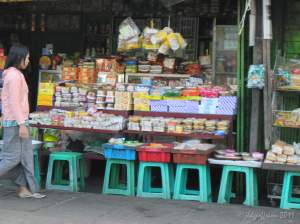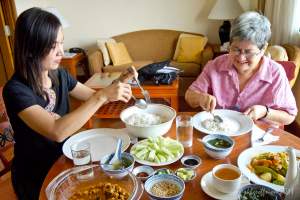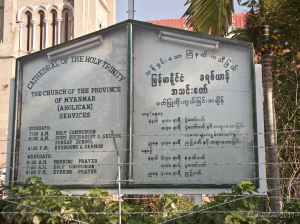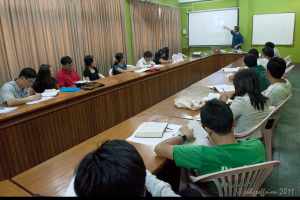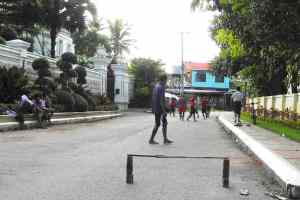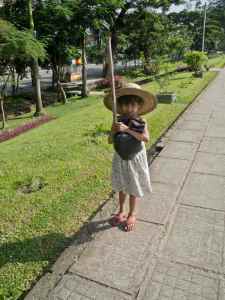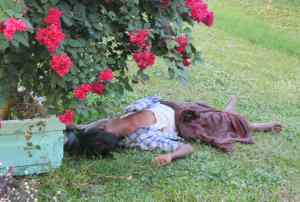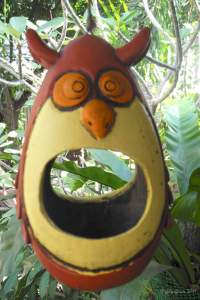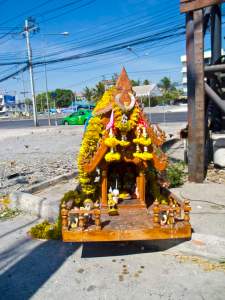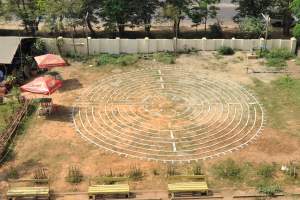What would you do with a million dollars? I would offer scholarships to all the worthy PhD and masters level students I care about. One of the hardest parts of ministering in developing countries is all the times I have to say “No, I’m sorry…” to our students, colleagues, and former students when they ask for financial help to continue their studies.
A scholarship is such an excellent investment! This winter I ran into a former scholarship recipient who we helped in 2007 when he was studying for his Master of Divinity degree. Now, he is a college teacher sharing his knowledge freely with hundreds of students.
Yesterday I received the wonderful news of San Lian’s acceptance to a PhD program at the Lutheran School of Theology in Philadelphia. I’ve known San Lian for four years. He’s a good scholar and a caring teacher. He uses wonderful pedagogical methods and has put all his former education to work in the classroom and in the articles he publishes. He needs is around $13,000 a year to continue his studies. I hate telling him, “I’m sorry we can’t provide the scholarship you need.”
Sam, a Kachin Pastor from Yangon, is finishing up his Master of Theology Degree in the US with honors. As our scholarship student these past two years, it’s been our joy to congratulate him on straight As, special awards, and well-written papers that have helped me understand so much about our context here in Myanmar. Claremont encouraged him to apply for their PhD program, accepted him, and have offered him half a scholarship. I wanted to cry when we had to tell him, “We’ve already committed to helping other students next year.” He works two jobs to provide for his living expenses, but he’s looking for $13,240 a year in tuition help. Whoever invests in him is investing in the future of Myanmar.
When we wrote to Agnes, a former student in Goma, D. R. Congo that we couldn’t help with expenses related to her doctoral studies in the Philippines (they gave her a full tuition scholarship), she responded to our assurance of our prayers, “Thank you so much for your support. I know God is hearing your prayers for me and He will do what is best for me and my family. God bless you.”
Moe Moe Nyunt is a first year PhD student at Asbury Seminary in Kentucky. She wrote a very meaningful book, “A Pneumatological Response to the Burmese Nat-Worship” after her master degree studies. Now she is continuing her research on the topic of the Holy Spirit and Evangelism. She received all As her first semester, but her funding is running out. Last year she received a one year scholarship to get started, but needs tuition help to continue.
Will you pray and ask God to show you how and who you might help? We can recommend so many of the faculty we know here in Myanmar and Congo for your consideration. Here are the photos of just a few more worthy candidates:
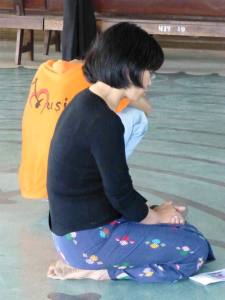
Seng Tawng, Old Testament Lecturer, audits 2 of Tim’s classes in order to be more prepared for PhD studies.

Rev. Bolingo, Chaplain at Heal Africa in Goma, DR Congo (where rape victims from the war-torn area are treated) would like to pursue a PhD in Old Testament.
If you sense God tugging on your heart or mind, please be in touch with me or Tim (info@fhlglobal.org) and we will gladly connect you with a student, explain our requirements for those requesting scholarships, or pray with you about how you can help.
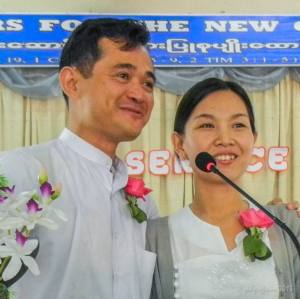
Joseph and Tin are both PhD students at Biola with partial scholarships. They recently wrote: Our daily prayer is “Give us this day our daily bread and this month our apartment rental.”
- I can’t tell you how your investment in one of these future professors will reap abundant returns as these scholars contribute to the future of the church in their countries and beyond.
Final note: an annual gift of approximately $500 provides a future ministry candidate at the Myanmar Institute of Theology with one year of studies towards her/his Master of Divinity degree.
Prayer: God of all abundance, please supply the necessary funds for these scholars. May you lead them each step of their journey as they seek to know more and serve better. In Christ’s name we pray…





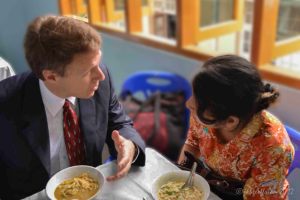
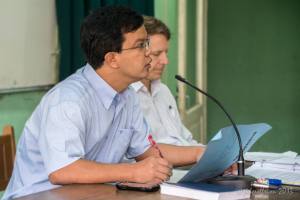




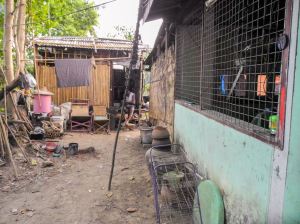
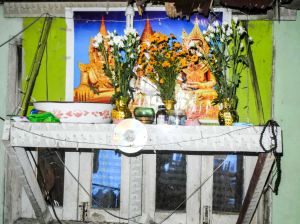

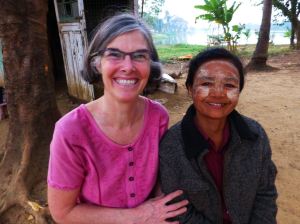
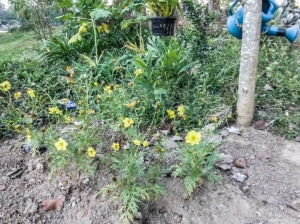







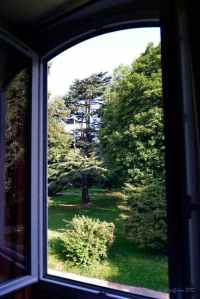
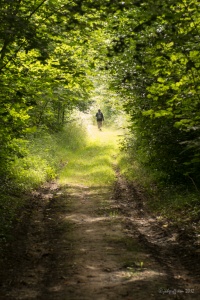


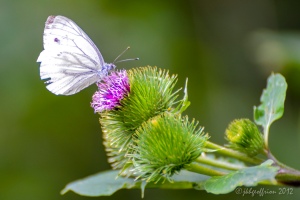
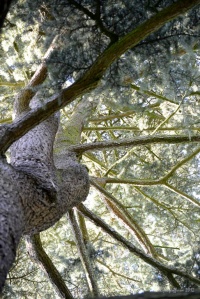

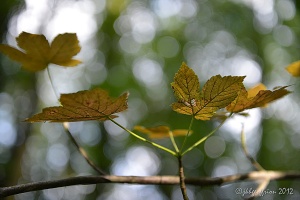




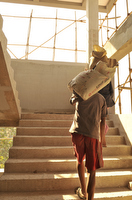


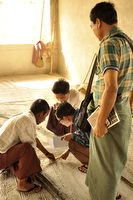
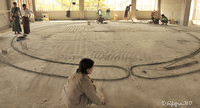



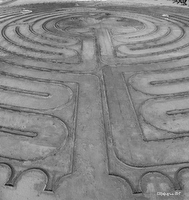
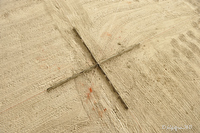

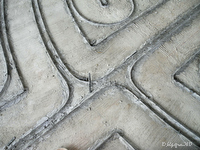
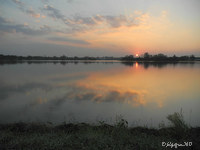
 …I would like to especially thank you for your prayers during my period of convalescence since November 2010. God has been answering those prayers for the return of my health, slowly, in God’s own time.
…I would like to especially thank you for your prayers during my period of convalescence since November 2010. God has been answering those prayers for the return of my health, slowly, in God’s own time.


